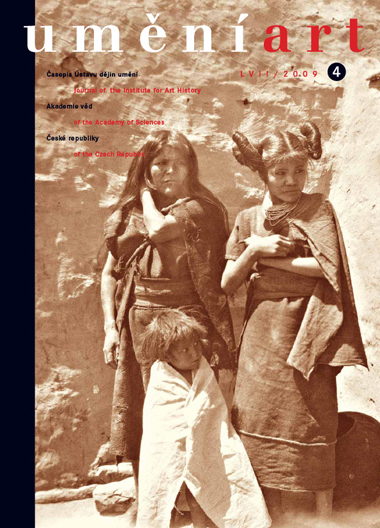Tereza Martinčeková (ed.)
Hadí rituál: Warburgova kreuzlingenská přednáška
In 1921 Aby Warburg had a nervous breakdown and had to be hospitalised in Kreuzlingen, Switzerland. His lecture on the snake ritual took place on 21 April 1923 and was intended to show that his health had improved enough that he was again able to focus on his research and could be released. A large part of the lecture consisted of commentary for slides that Warburg had acquired during the several months he had spent residing among indigenous peoples in North America in the region of the Colorado Plateau (1895-1896). There he learned about their mythology and rituals, and their description formed the core of the iconographic and religious part of his lecture dealing with the symbolic meanings of the snake in different cultures. The Indian way of life, contrasted with imported Spanish culture and American urban civilisation, helped him to understand the inseparability of art from the religion and afterlife (Nachleben) of ancient 'paganism' in European culture. In Indian culture he saw the beginnings of the development from primitive paganism, to the paganism of antiquity, and finally to modern man. He was convinced that the Indians were controlled by a phobic fear, overcome through magical, mythological, symbolic and even logical forms. This is the source from where he developed his interest in the social memory of humanity and his attempts to explain the function of symbols within it. This contextual approach led to his definitive departure from blunt formalism and aestheticising art history.
Full-text in the Digital Library of the Czech Academy of Sciences:
https://kramerius.lib.cas.cz/uuid/uuid:308569d3-5b87-57b5-9caf-bab030e528b9
< back

